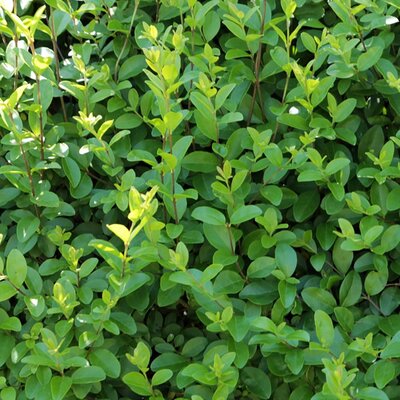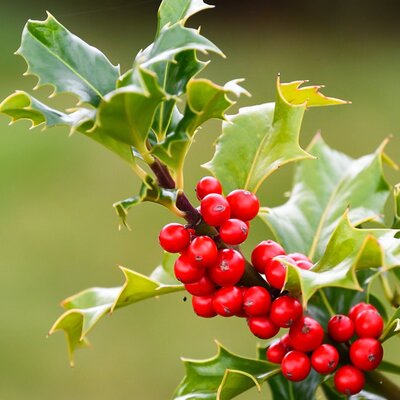Bare Root
Within this category you will find a range of bare root fruit and nut trees, as well as hedging and shrubs, all now available for direct online order.
Please be aware that the season for bare root plants is in the autumn, usually from around mid November, and they can be planted, in most cases up until the end of March (although it is advised that you plant your bare root shrubs/trees as soon as you have purchased them). If the item you are looking for appears out of stock, then do check back periodically as we have several deliveries of stock through the bare root season. Alternatively you can contact one of our stores and we will do our best to source any items you are looking for and have them ordered in to then be delivered to you direct or set aside for collection.
For more information on how to plant bare root trees and shrubs, please click here or ask one of our experienced staff members.
Filter products
A guide to bare root trees and shrubs
Planting bare-root trees and shrubs is best done between October and April.
Container-grown plants can be planted any time of the year but it is often better to plant them through autumn, as beyond an initial watering, they will need little care, unlike in spring and summer where more care will need to be taken to insure your plants have sufficient water.
Bare-root and root-balled trees and shrubs are only available through autumn and winter and should be planted immediately after purchase. If this is not possible, then they can be heeled in (temporary planting in the soil to prevent the roots drying out) until your ready to put them in their final position.
How to plant your bare-root trees and shrubs:
Plants will not grow where soil contains too little air or where the soil is waterlogged so it is important to prepare your soil before planting:
- Loosen the soil to a depth equivalent to the height of the root/rootball and over a wide area to improve drainage and allow roots to be able to spread more freely
- For both heavy or sandy soils it is important to incorporate organic matter, to either loosen or bulk up the soil and whilst it is usually not a good idea to add fertiliser at this time sprinkling mycorrhizal fungi (e.g. Rootgrow) over and in contact with the roots, may help trees and shrubs establish with more vigour
- If your soil does get waterlogged over winter consider trees better suited to wet soil, install drainage, or plant on a slight mound, about 25-30cm (10in-1ft) high and 1m (39in) in diameter. This should raise your tree or shrub above the water level and prevent their roots sitting constantly in water.
Planting your tree or shrub:
- Once you have removed any wrapping, spread the roots out of to get an idea of the root span.
- Dig a planting hole that is no deeper than the roots, but is ideally at least three times the diameter of the root system.
- Break up any compacted soil with a fork before planting.
- Soak bare-rooted trees or shrubs for about 30 minutes prior to planting.
- Place the tree or shrub in the planting hole and position it so that the first flare of roots will be level with the soil surface when planting is complete. Planting too deep is the most common reason for plants failing to establish
- Insert a stake if required. Small trees do not require staking but top-heavy or larger specimens should be staked.
- Refill the planting hole carefully, placing soil between and around all the roots to eliminate air pockets and being careful not to damage the root system
- Firm the soil gently, avoiding compacting the soil and then and water in.
- Apply a rabbit or deer guard if necessary.
Aftercare:
- There should be little you need to do through the autumn and winter, especially within our climate as watering should take care of itself. It is important though for plants to be watered in spring and summer when it is dry – particularly in the first few years while plants are becoming established
- Keep a vegetation-free circle of around 1.2m diameter around the plant for the first 3 years to allow water to soak freely into the ground around the plant and prevent any barrier to water reaching the roots. Any mulching should be done leaving a 10cm collar free around the plant to prevent the bark from rotting
- Do not fertilise at the time of planting but rather wait until the season after if necessary. Do not apply for at least the first year if using mycorrhizal fungi as phosphorous can kill the fungi.


